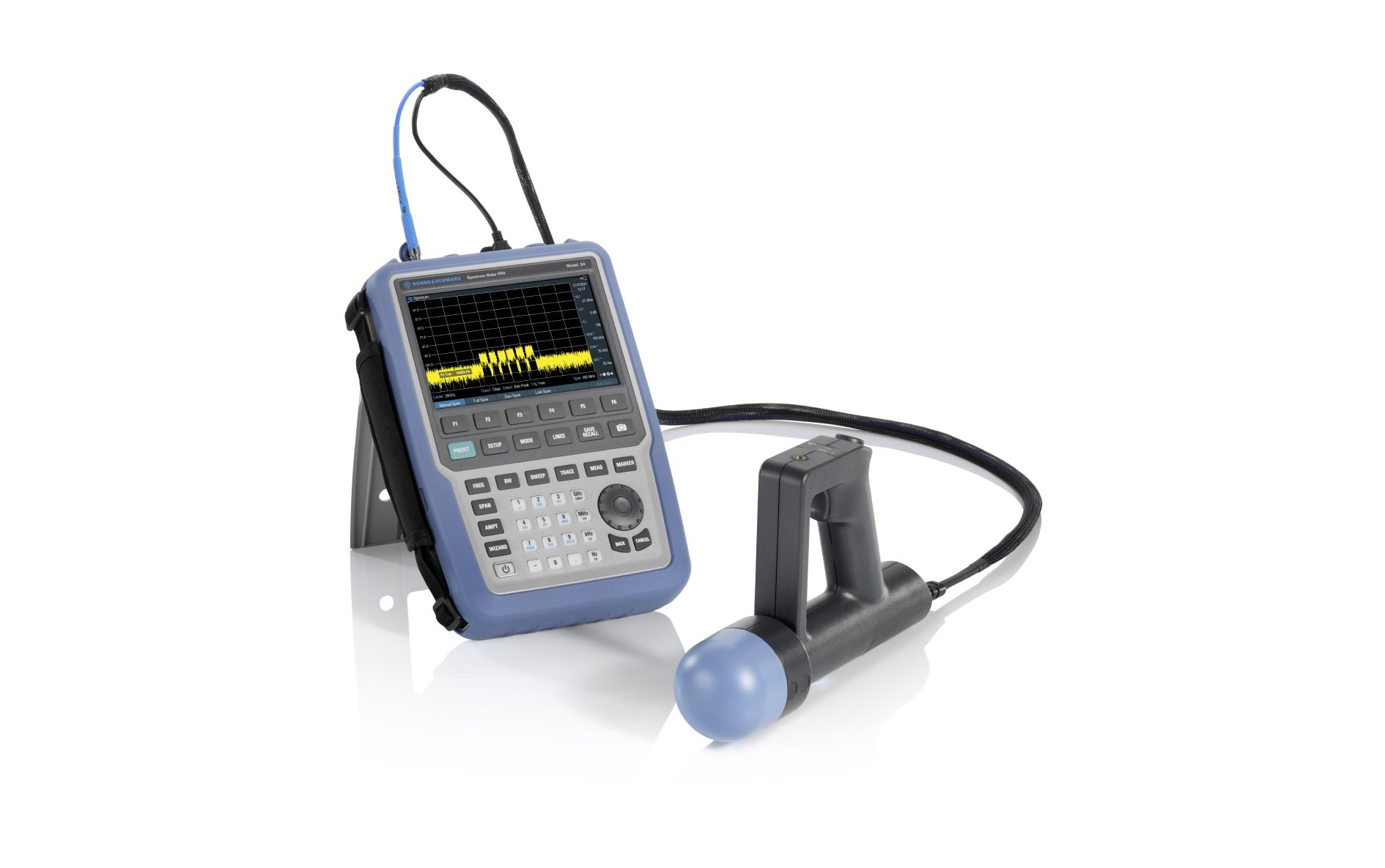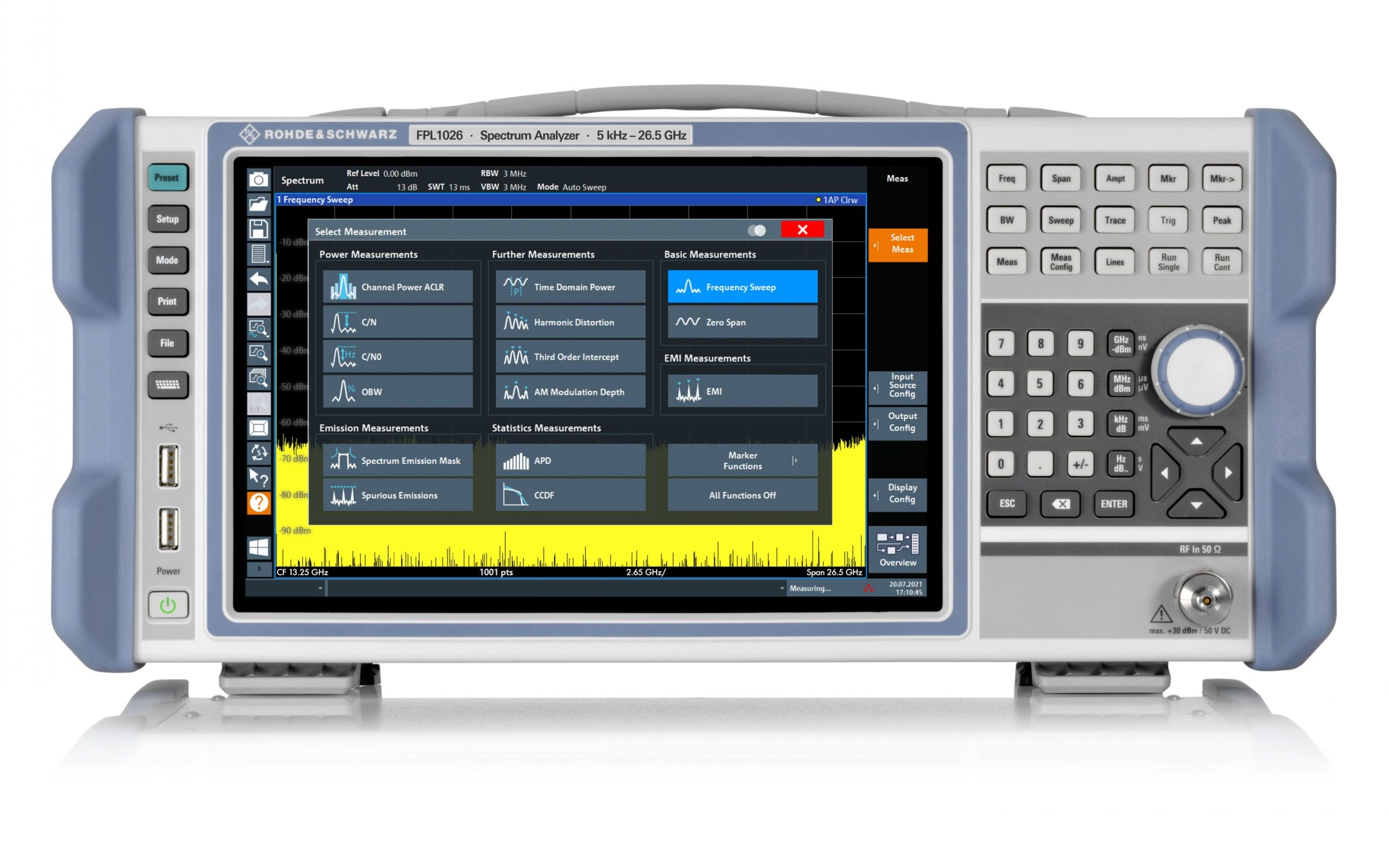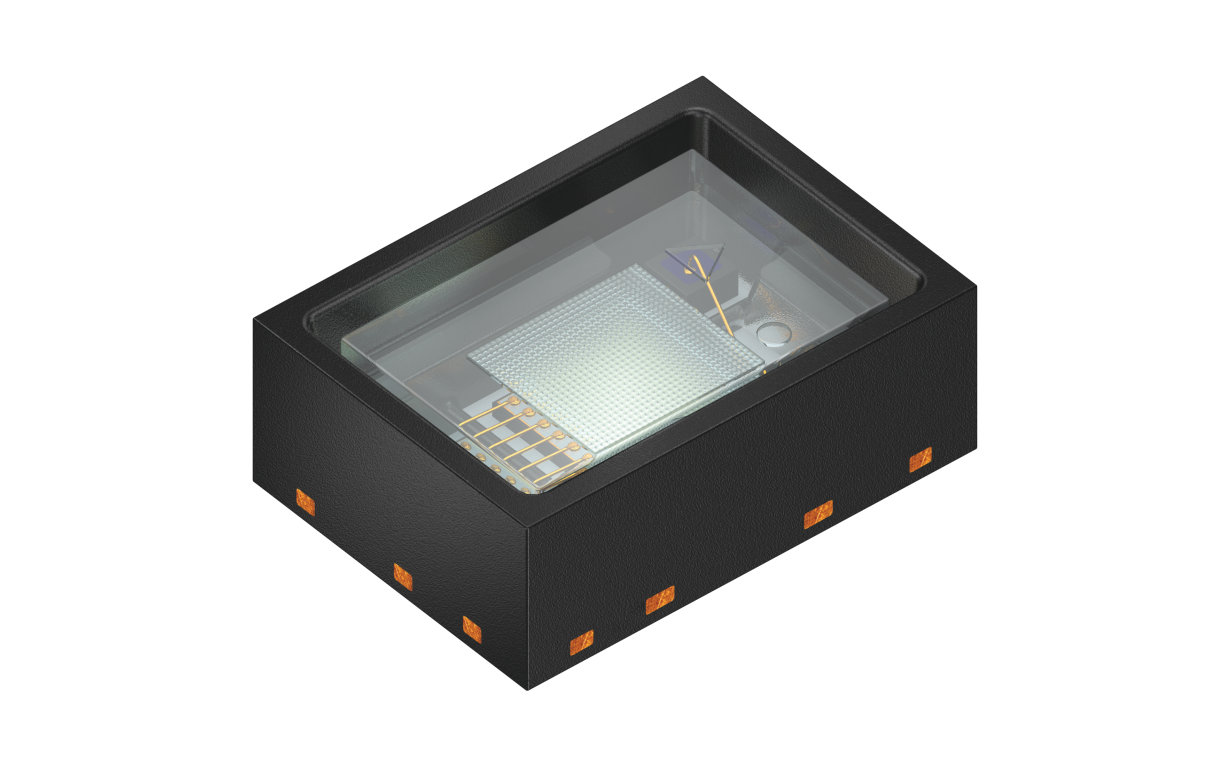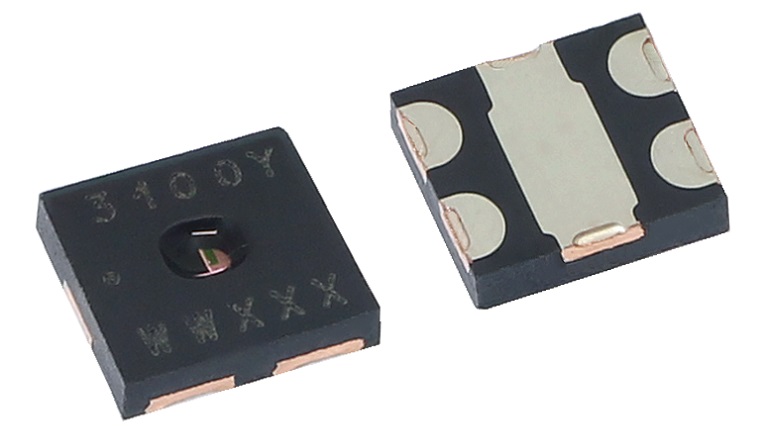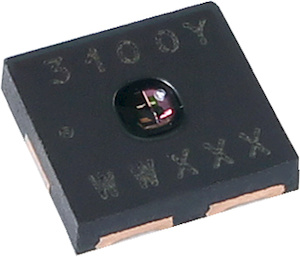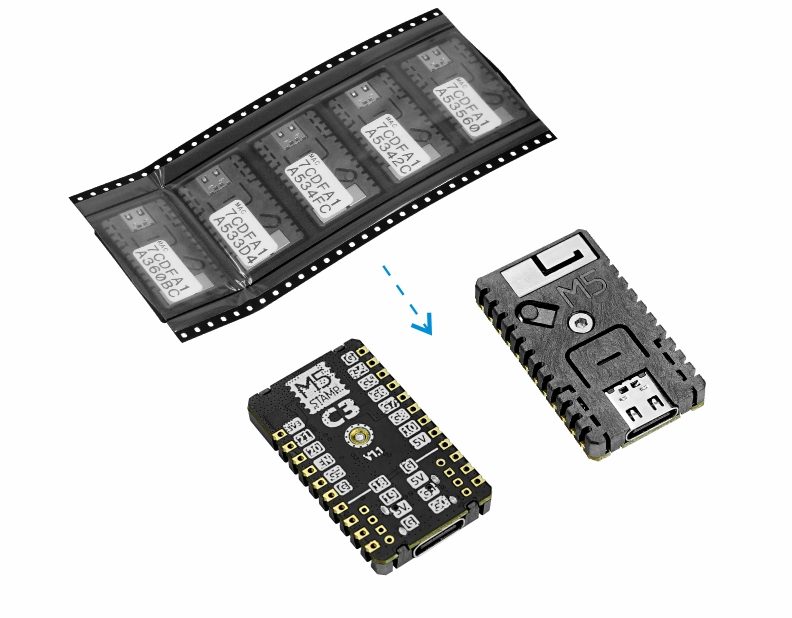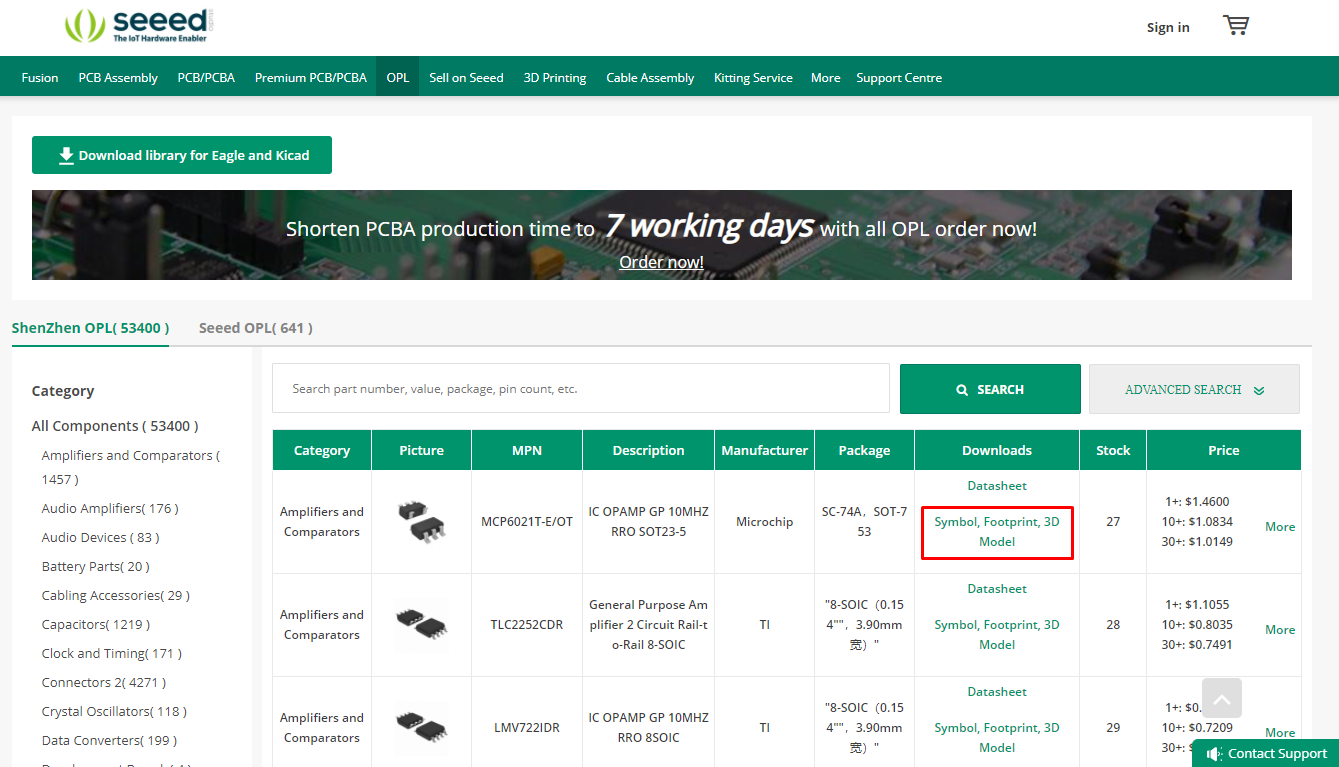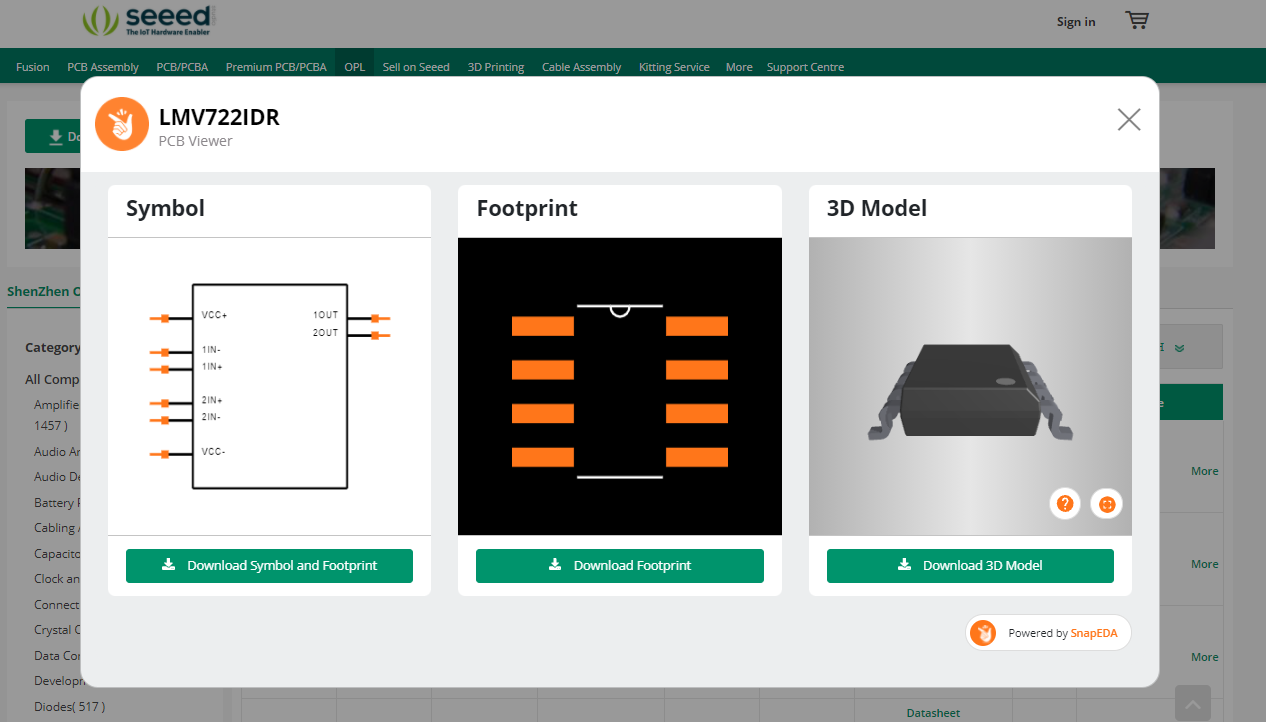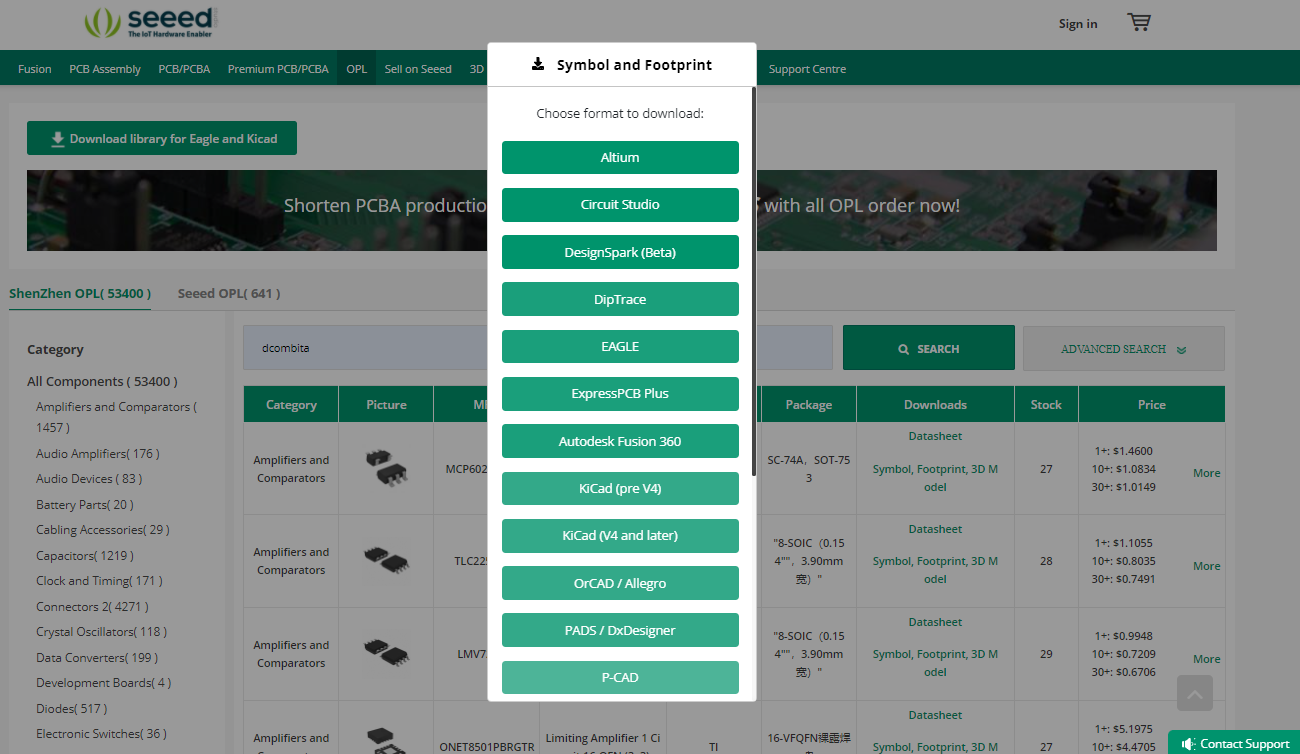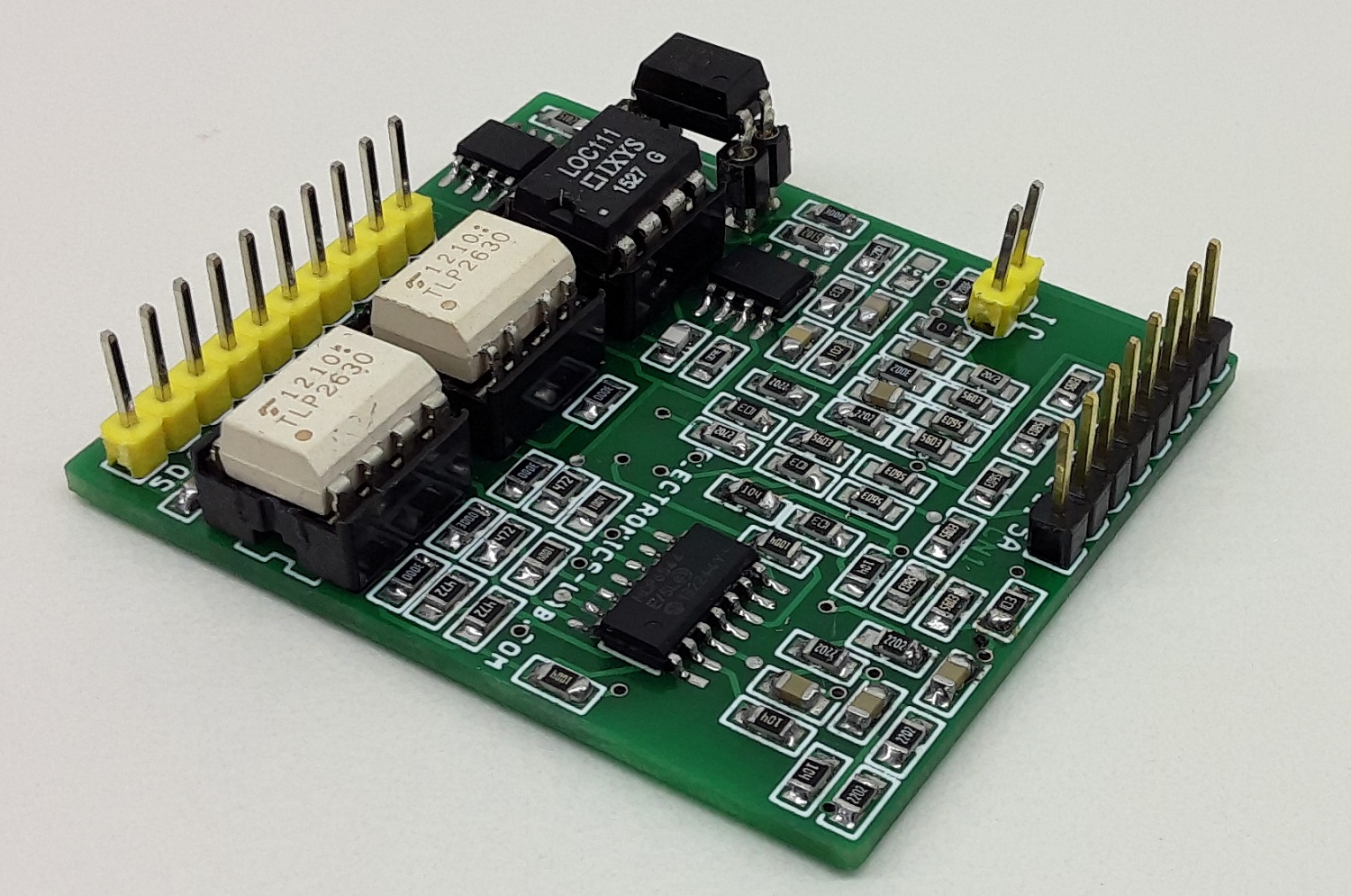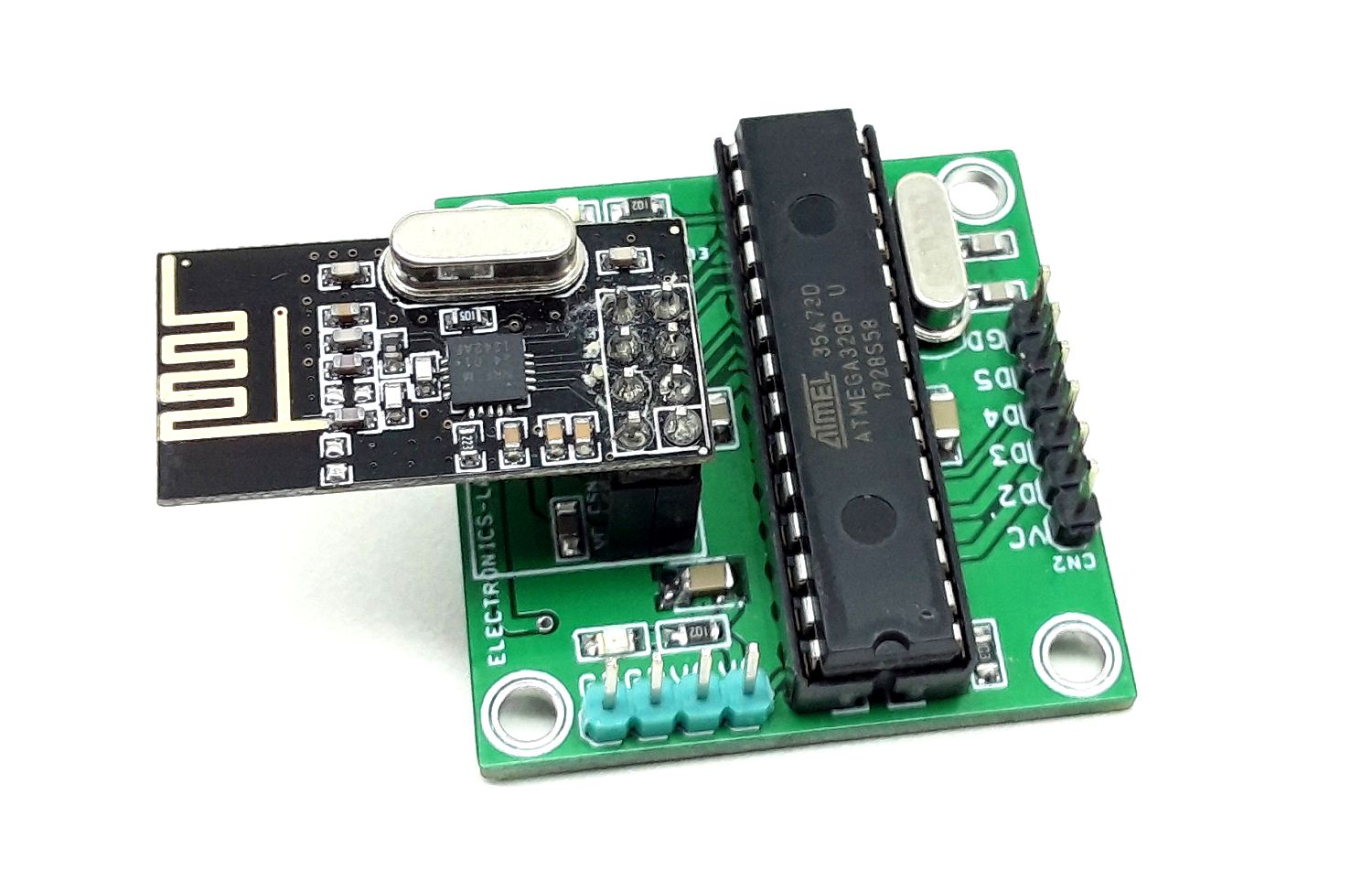New base models for the rugged R&S Spectrum Rider FPH analyzers take spectrum analysis capability up to 44 GHz. They combine the functionality of benchtop instruments and the lightweight portability of a handheld instrument, with intuitive features to make high performance measuring on the go fast and simple.
The R&S Spectrum Rider FPH combines the functionality of benchtop instruments and the lightweight portability of a handheld instrument.
Rohde & Schwarz has extended its popular R&S Spectrum Rider FPH family with the introduction of new base models offering measurement frequencies up to 44 GHz. A new 44 GHz model has been added to the existing R&S FPH models having measurement frequencies from 5 kHz to 6, 13.6, and 26.5 GHz. In addition, three new versions with tracking generators are available with measurement frequencies up to 13.6, 26.5 and 44 GHz.
The R&S Spectrum Rider FPH was the industry’s first handheld spectrum analyzer to deliver solid RF performance for measurements in the field and in the lab. Large buttons and multi-touch gesture screen make it very easy to operate. New higher frequency models enable the versatile R&S Spectrum Rider to perform a broader range of measurement tasks. With high sensitivity of –160 dBm and measurement accuracy of typically 0.5 dB between 10 MHz and 3 GHz, the R&S Spectrum Rider offers class-leading RF performance. The new models support field applications such as verification of 5G, broadcast, radar, defence and satellite communications links.
Weighing just 3.2 kg for 44 GHz model, the R&S Spectrum Rider is optimised for mobile use. Its battery lasts up to 4.5 hours, making it the most lasting 44 GHz handheld spectrum analyzer for field task. The backlit keypad allows users to work in the dark, and the non-reflective display supports a daylight mode for improved readability in direct sunlight.
This handheld spectrum analyzer family boasts a large-format capacitive touchscreen that makes it easy to intuitively adjust settings such as frequency, span and reference level, and to set markers. Plus, large buttons and a practical multifunction wheel facilitate operation with gloves in outdoor environments. The analyzer can be remotely controlled via USB, or LAN and, for even more convenience, the R&S MobileView app for iOS or Android provides seamless remote control of the device.
The R&S Spectrum Rider spectrum analyzers are part of the R&S Essentials portfolio.
All models are now available from Rohde & Schwarz and selected distribution partners.


